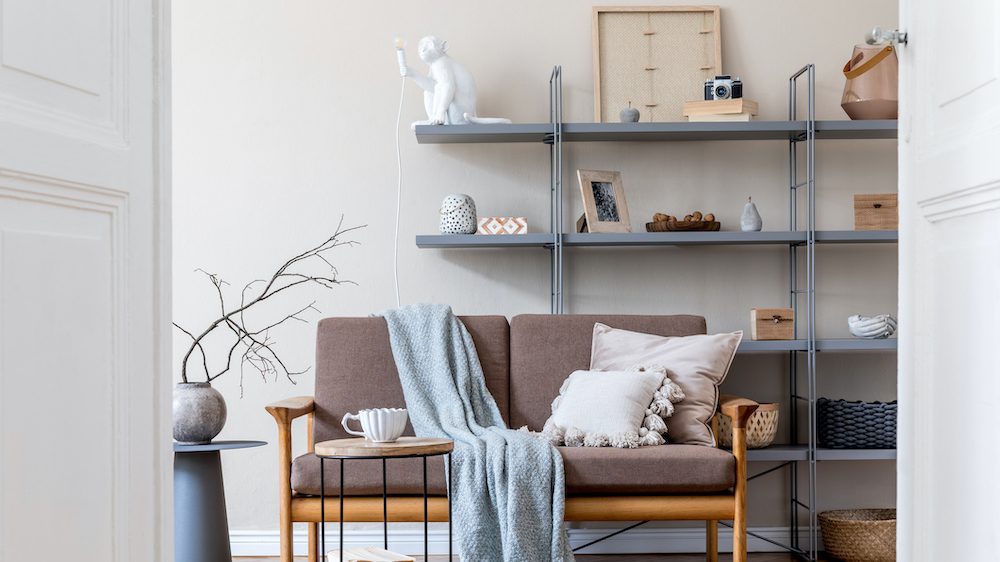
FollowTheFlow / Getty Images
Ever wonder what gives the homes of Ellen DeGeneres, soon to be ex-couple Kimye, and other stars their chic, Zen-like charm? The answer is often “Japandi,” a mashup of Japanese and Scandinavian styles that’s calmly infiltrating homes today.
In fact, Pinterest searches for Japandi doubled year over year, according to the decor site’s 2021 predictions report, so much so that it dubbed Japandi “the new modern” of the year.
Simple, uncluttered, neutral, and natural, the “Japandi design concept showcases minimalism and a low-key color palette,” says designer Marty Basher.
Ana Cummings of the eponymous design firm says that DeGeneres’ Montecito, CA, mansion is a perfect example of Japandi style, with its focus on natural materials (glass walls, bamboo ceilings), earth tones, and clean furniture lines.
Or look to the marble-clad, nearly all-white Hidden Hills, CA, estate of Kim Kardashian West and Kanye West.
“Japandi was adopted by the couple throughout the home,” says Basher.
If you’re looking to make a clean break from 2020 (and frankly, who isn’t?), embracing this fresh look is just the ticket. Here’s more on the history of Japandi style, and how to incorporate it into your own home.
The history of ‘Japandi’ style
Japandi home design traces it origin to long-standing cultural ties between Denmark and Japan.
“It’s a relationship that began more than 150 years ago, when Danish artists and designers began traveling to Japan in search of new inspiration,” says Basher.
These seemingly disparate nations already had similar design philosophies, so a marriage of the two was inevitable.
“The wabi-sabi movement in Japan, which highlights imperfections and the use of natural, handcrafted materials, has a lot of similarities to traditional Scandinavian hygge designs,” says Cummings.
From ceramics and textiles to quiet colors and natural fabrics, the Danish and Japanese cherish a time-worn appearance and the rich traditions of crafting.
“People in both countries appreciate minimalist interiors, and the look has certainly gained a much bigger following during this past home-bound year,” Cummings says.
Make furniture functional
Photo by Rowland+Broughton Architecture & Urban Design
Clutter is extremely forbidden in a Japandi home as it clashes with the decor’s principles that emphasize a function-driven space with statement pieces rather than an abundance of items, says Karen Gray-Plaisted of Design Solutions KGP.
To that end, a dining room like this one fits the bill with furniture that features clean lines and practicality.
“Accessories have lesser importance in this design style, but the ones that do show up lean toward natural elements like plants and wooden bowls that add warmth to the entire room,” she says.
Choose quiet shades
Whites, off-whites, and all manner of beige are typical in a Japandi home, but this doesn’t mean a little brightness can’t also be introduced.
“Japandi colors also include softer tones such as light grays, pinks, blues, and greens,” says Basher.
And natural light is key to this home style, so throw back the curtains (or remove them completely) in order to flood your interiors with sunlight.
Lean on wood and stone
“Japandi design relies heavily on the use of natural elements—and the presence of wood and stone help to create a sense of balance,” says Basher.
Wood tones are usually light or blond choices mixed with other real materials (think rattan, paper, and bamboo).
“Unglazed pottery or dishes made to appear more organic in shape over perfectly round profiles are also welcome,” says Cummings.
Accessorize with care
Photo by Design Build 4U Chicago
A spare—or even bare—aesthetic is another Japandi calling card. Extra stuff has no place in this baby nursery nor does it rule supreme on kitchen counters or your bedside table. Instead, choose just a single accessory or two and showcase it.
“Minimalism is an essential feature here, which applies to every piece of furniture and also means zero clutter,” says Basher.
Nix busy patterns
You don’t need to go full-on stark with white walls and plain linens, but know that patterns should be sparse in a Japandi home.
“Stay away from textiles with a lot of lines, curves, and checks, as these are overpowering and defeat the purpose of this simplified style,” says Basher.
Shop related brands
Photo by BoConcept Pennsylvania
Estate sales and antiques shops can yield stunning one-of-a-kind pieces, but more cost-conscious homeowners can look to Ikea and even Target for Japandi pieces.
“These big-box brands are hopping onto this trend and fabricating items with this particular aesthetic in mind,” says Cummings.
Basher recommends Maruni, a Japanese brand that crafts mass-market options as well as BoConcept, a Danish company with stores in dozens of countries that’s known for modern furniture, accessories, and lighting with Scandinavian flair.
The post What Is Japandi? Ellen DeGeneres and Kimye’s Favorite Decor Style, Explained appeared first on Real Estate News & Insights | realtor.com®.

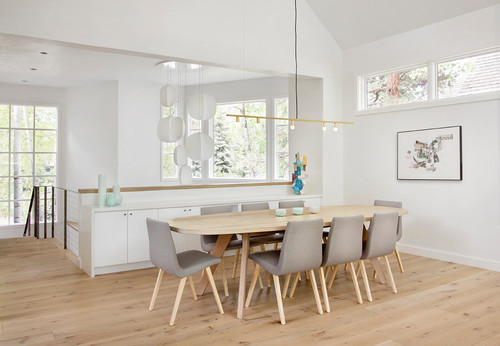
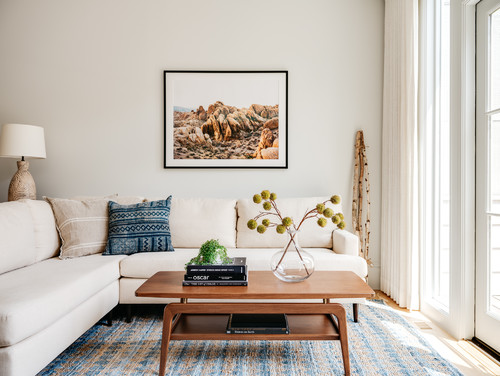
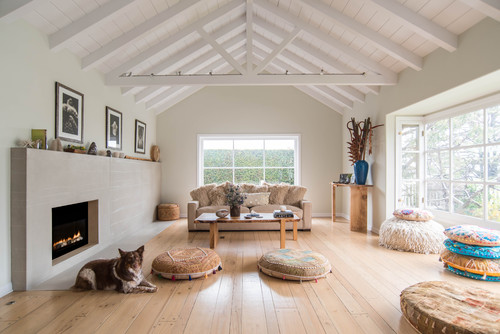
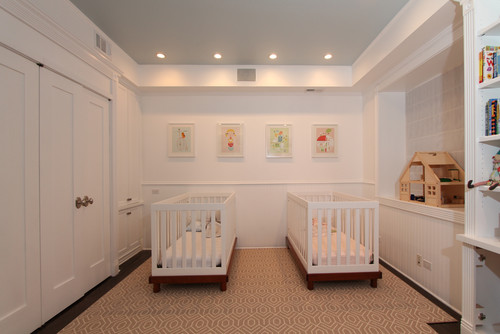
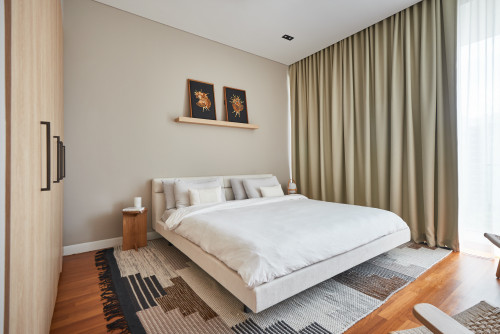
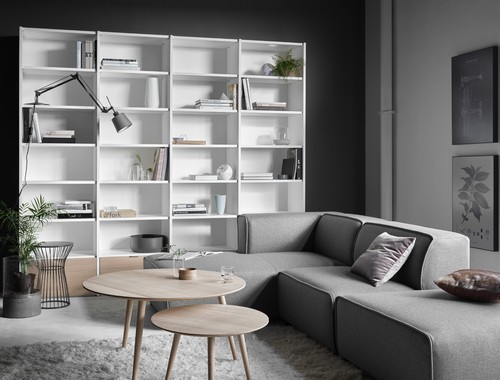
No comments:
Post a Comment